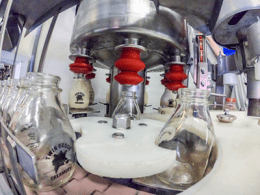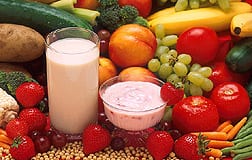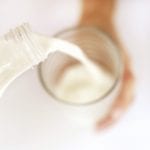
Photo: USDA Flickr
As the holiday baking season approaches, recipes are being dusted off to make favorite goodies for family and friends. When shopping for milk products, they will be labeled as pasteurized.
The terms “pasteurization,” “pasteurized” mean heating every milk particle to a specific temperature and time to destroy pathogens in raw milk. There are three methods to do pasteurization and require refrigeration for storage.
Vat pasteurization means the milk is in a large vat and heated to at least 145°F for 30 minutes. For eggnog, the temperature must reach 155°F. This is primarily used for smaller operations or preparing starter cultures for cheese, yogurt and buttermilk. Some ice cream mixes are also vat pasteurized.
High temperature short time (HTST) pasteurization is a continuous heating system for a minimum temperature of 161°F for 15 seconds. Some operation use a higher temperature for a shorter amount of time. This method is the most common in the U.S.
Ultra pasteurization is a continuous heating system that reaches 280°F for 2.0 seconds. This product will have a longer shelf life.
Source: International Dairy Foods Association


